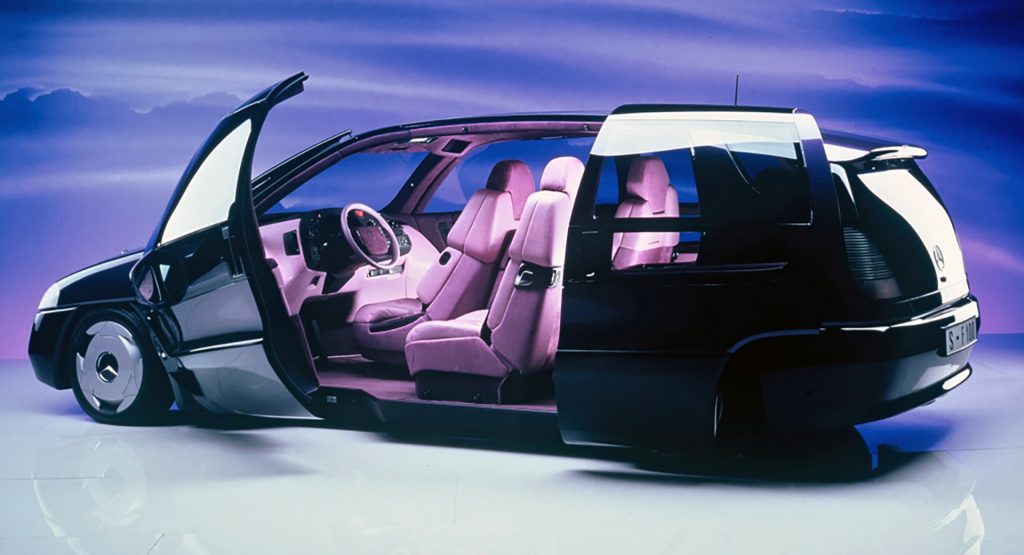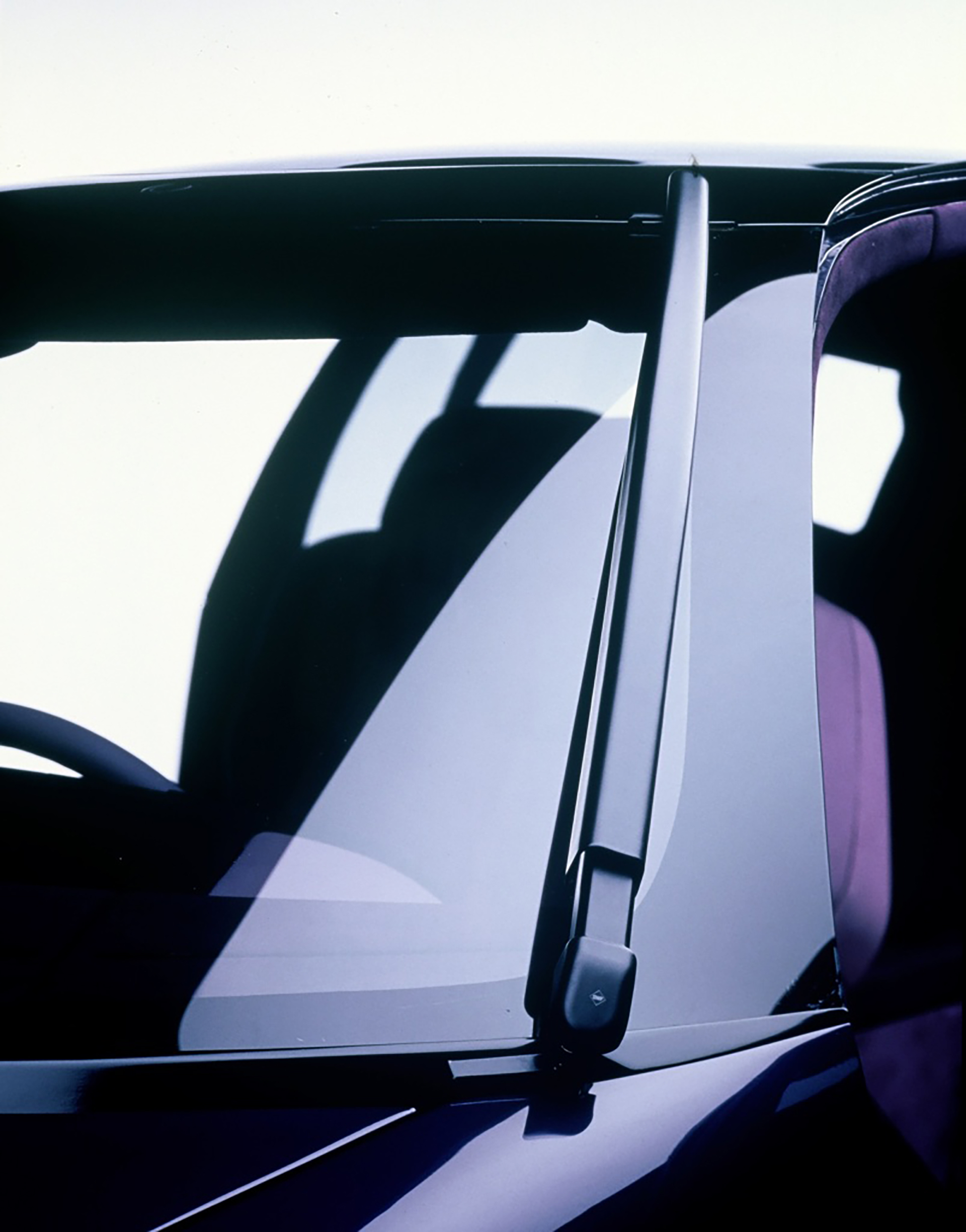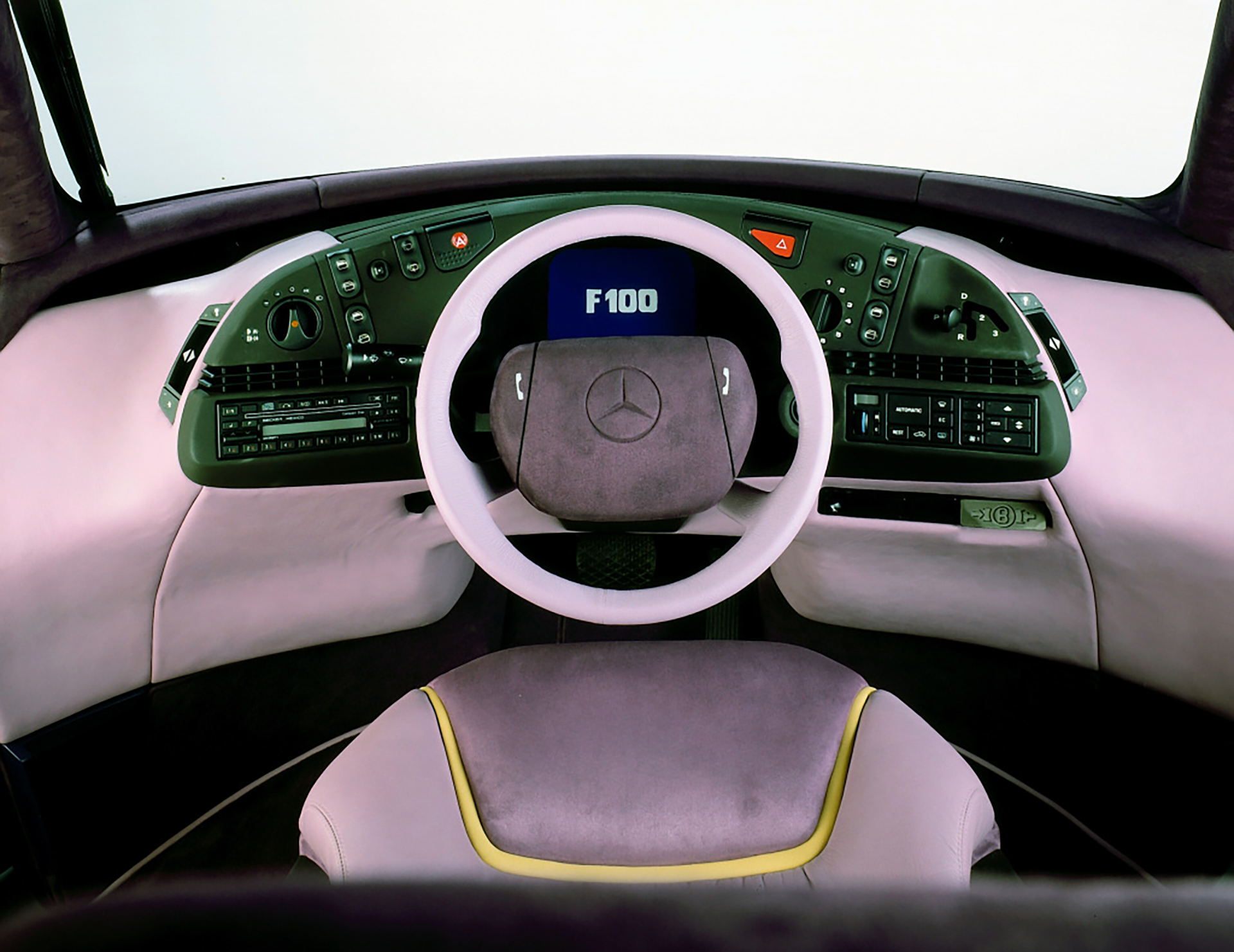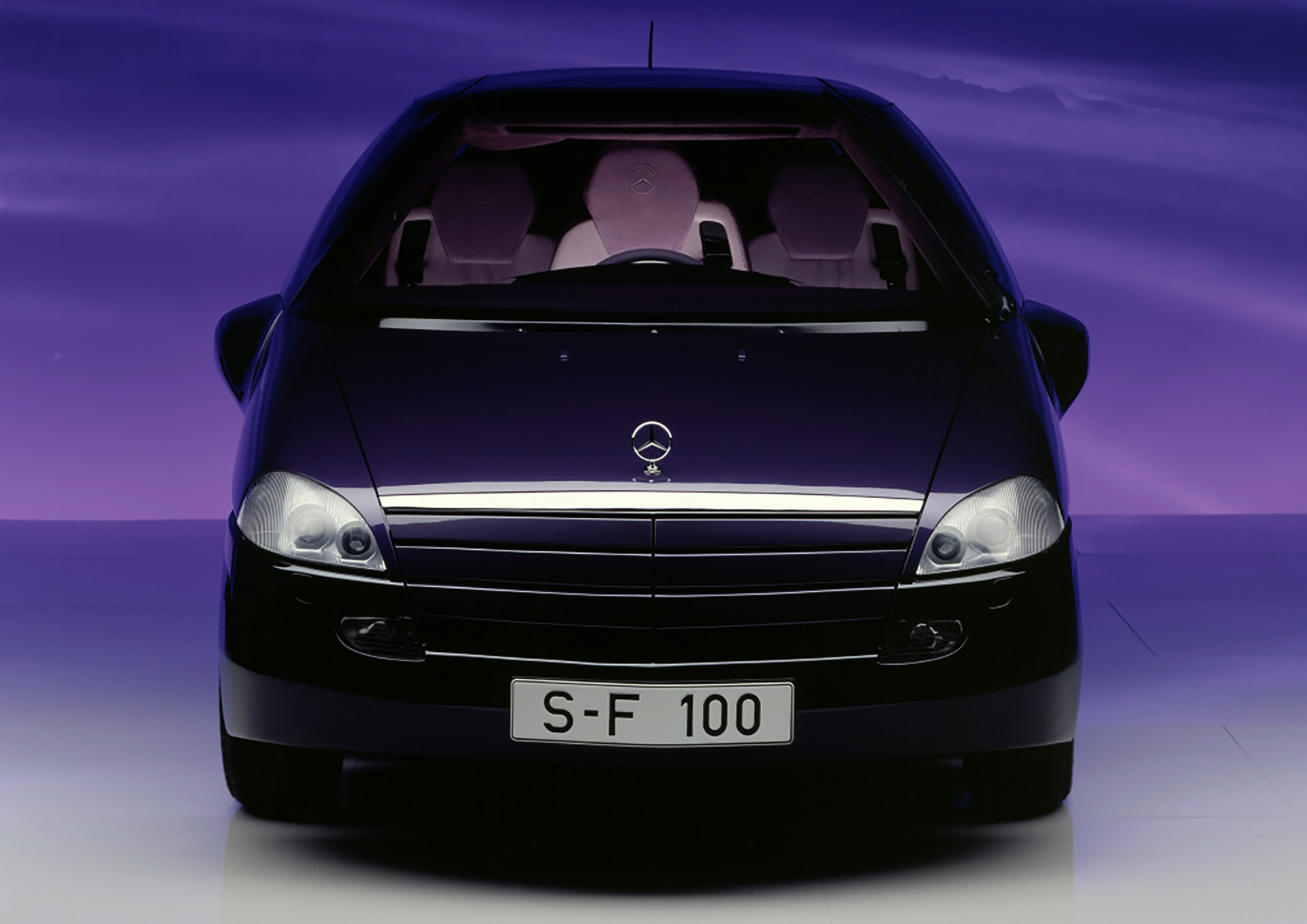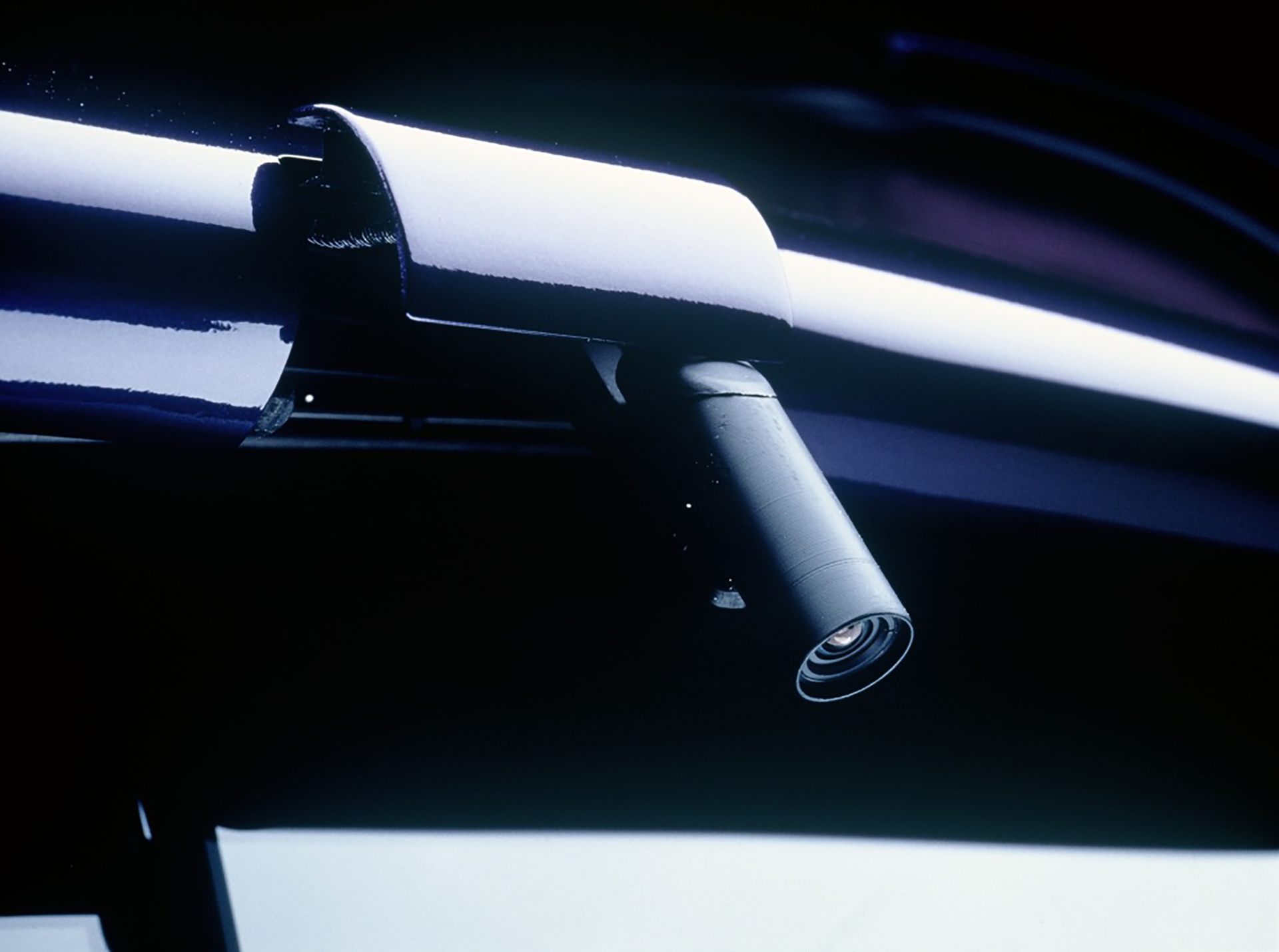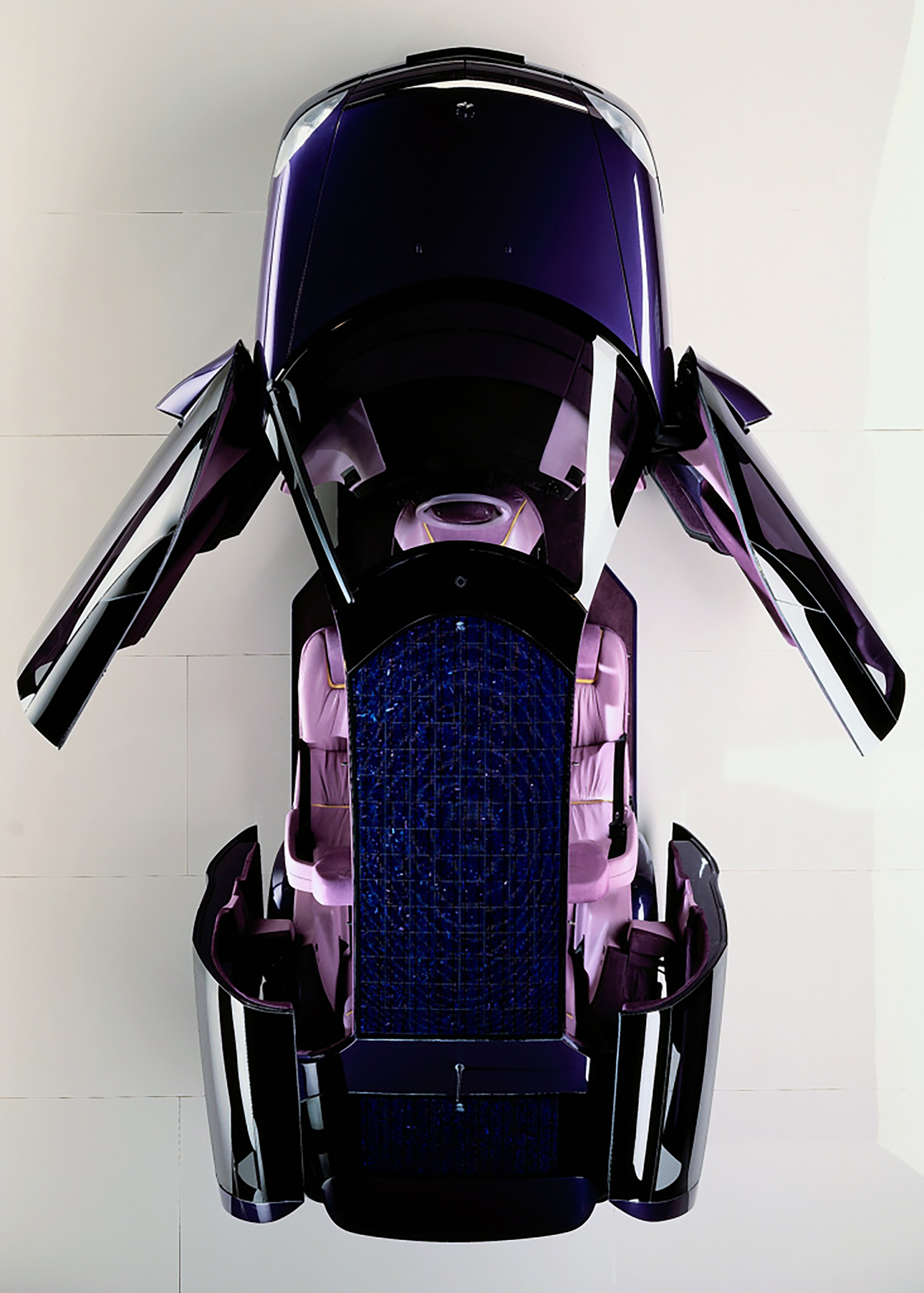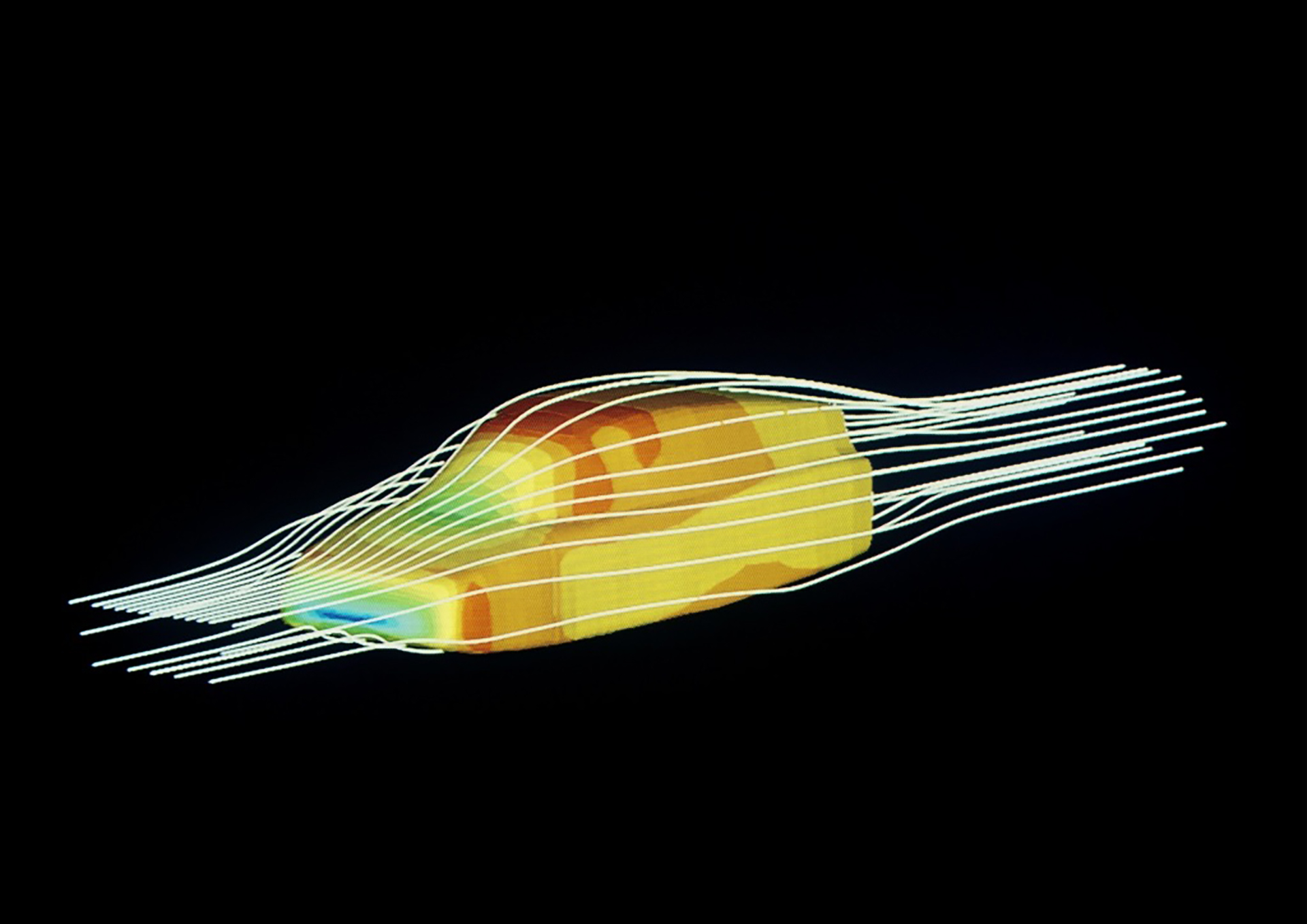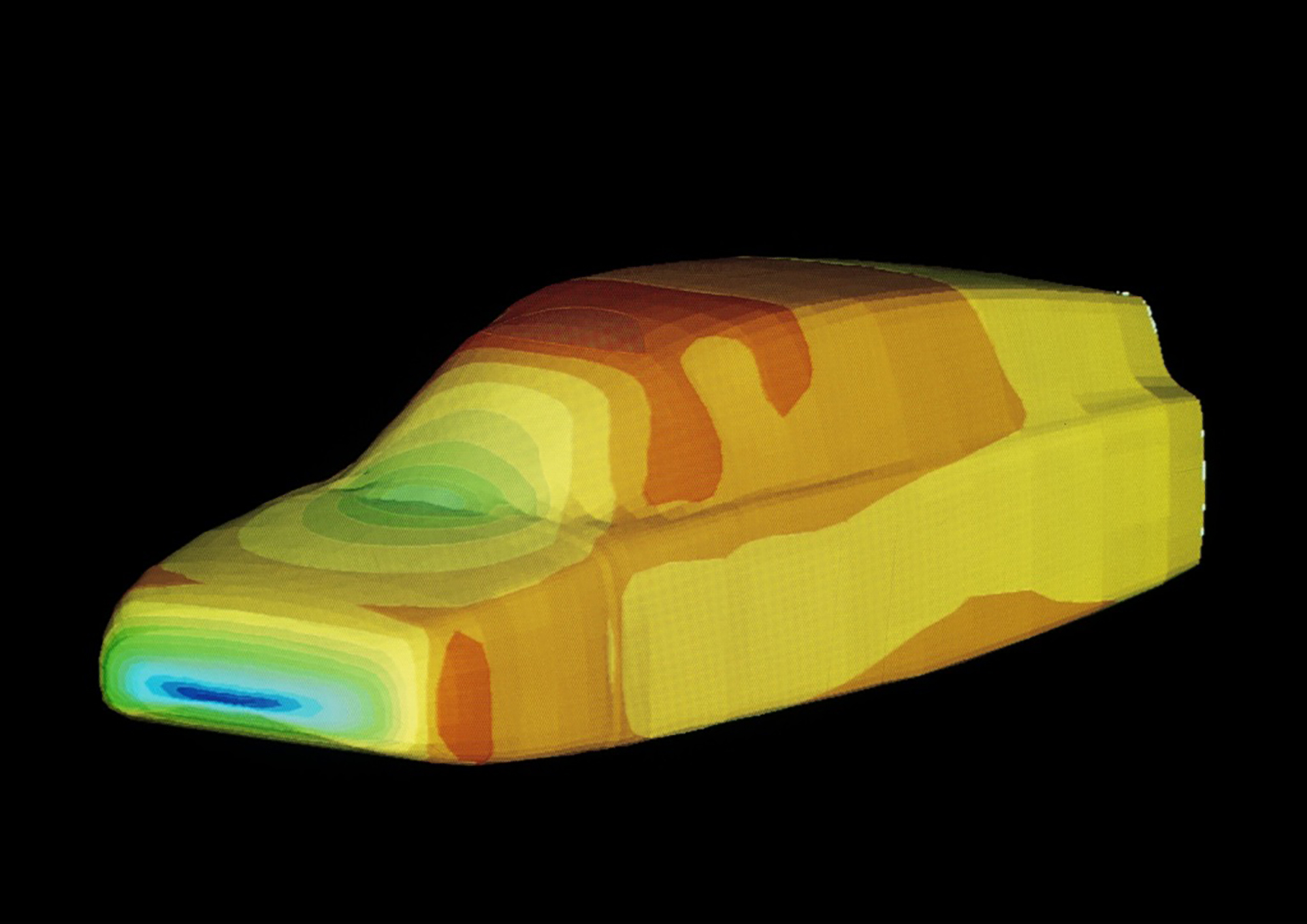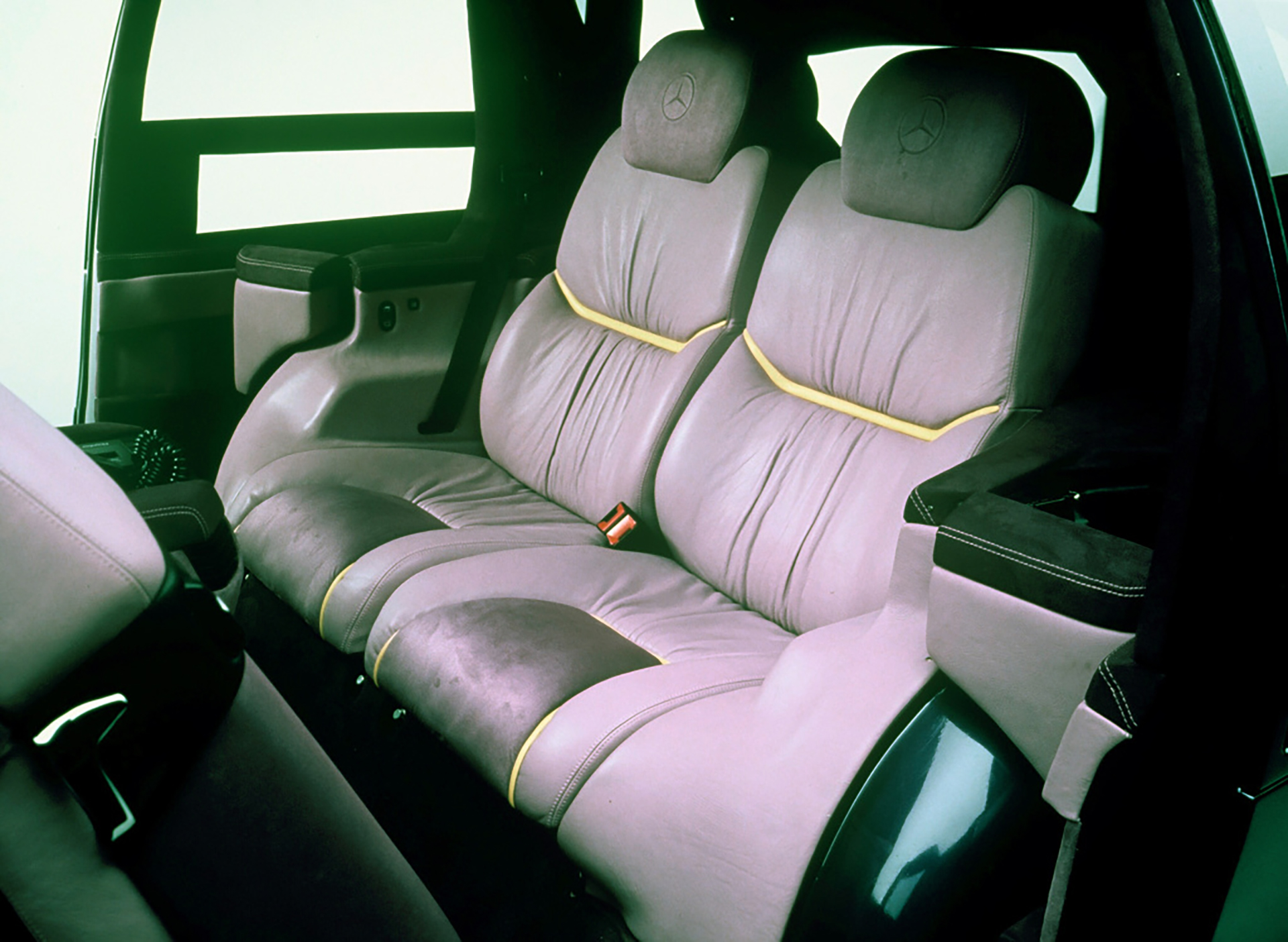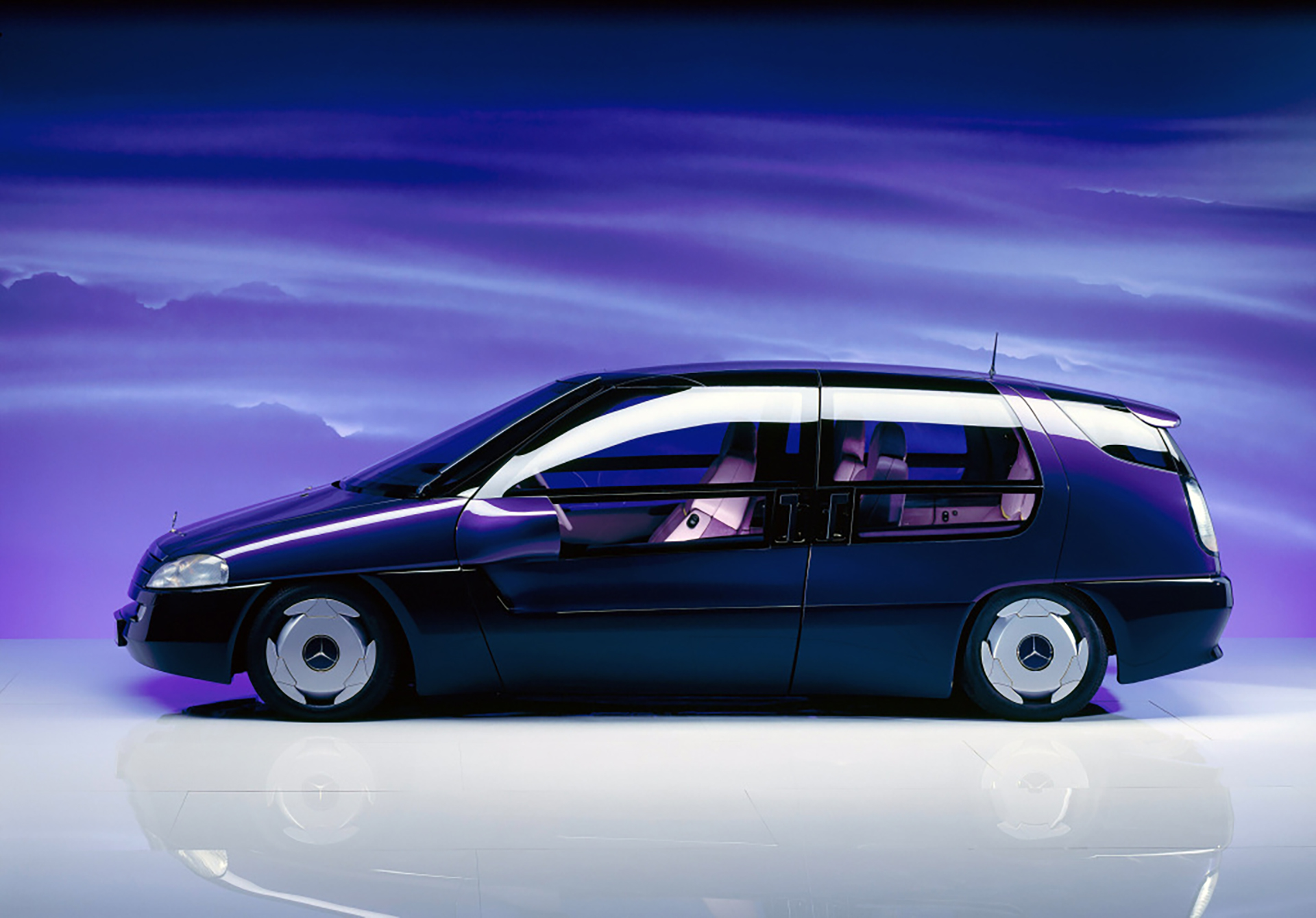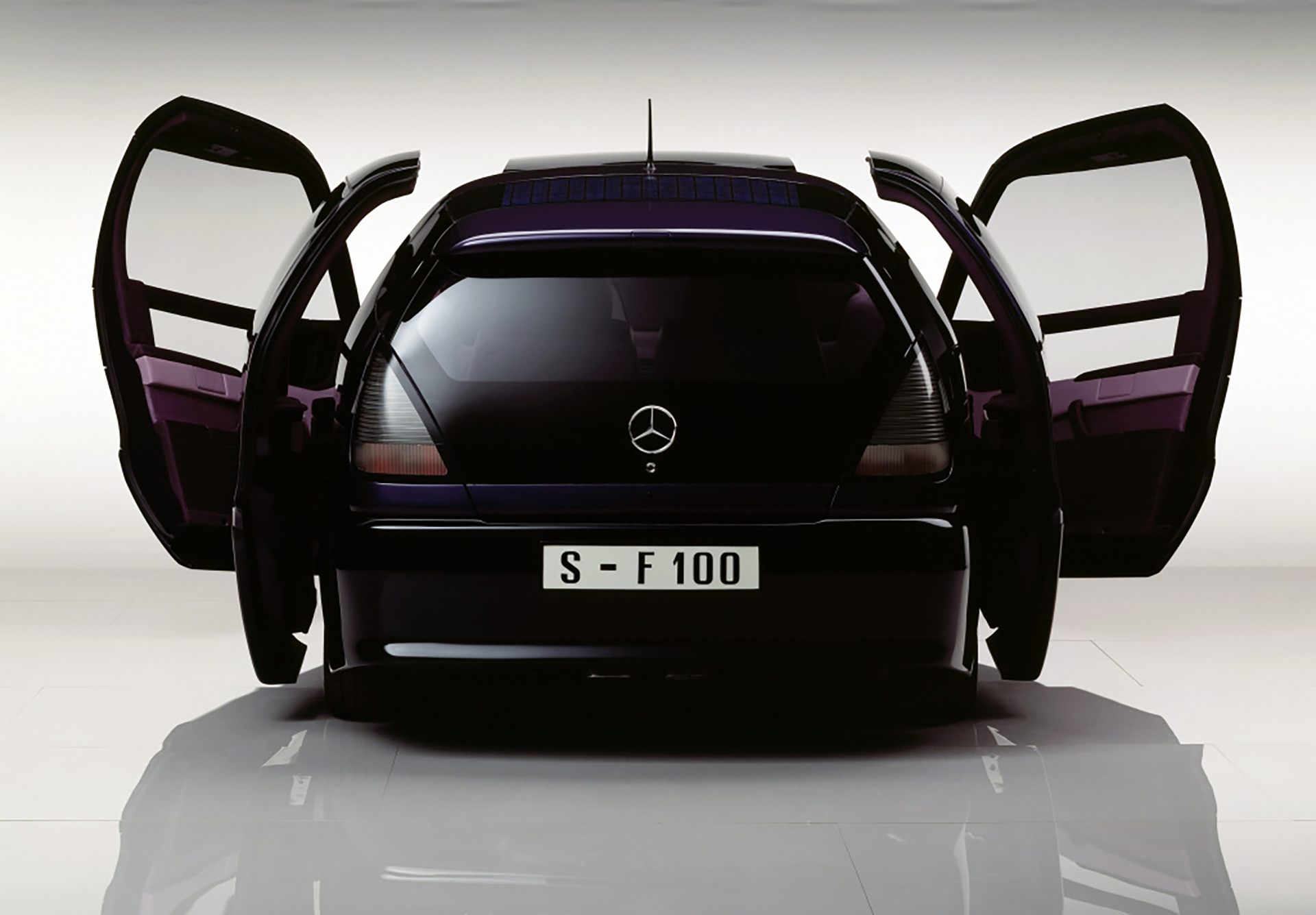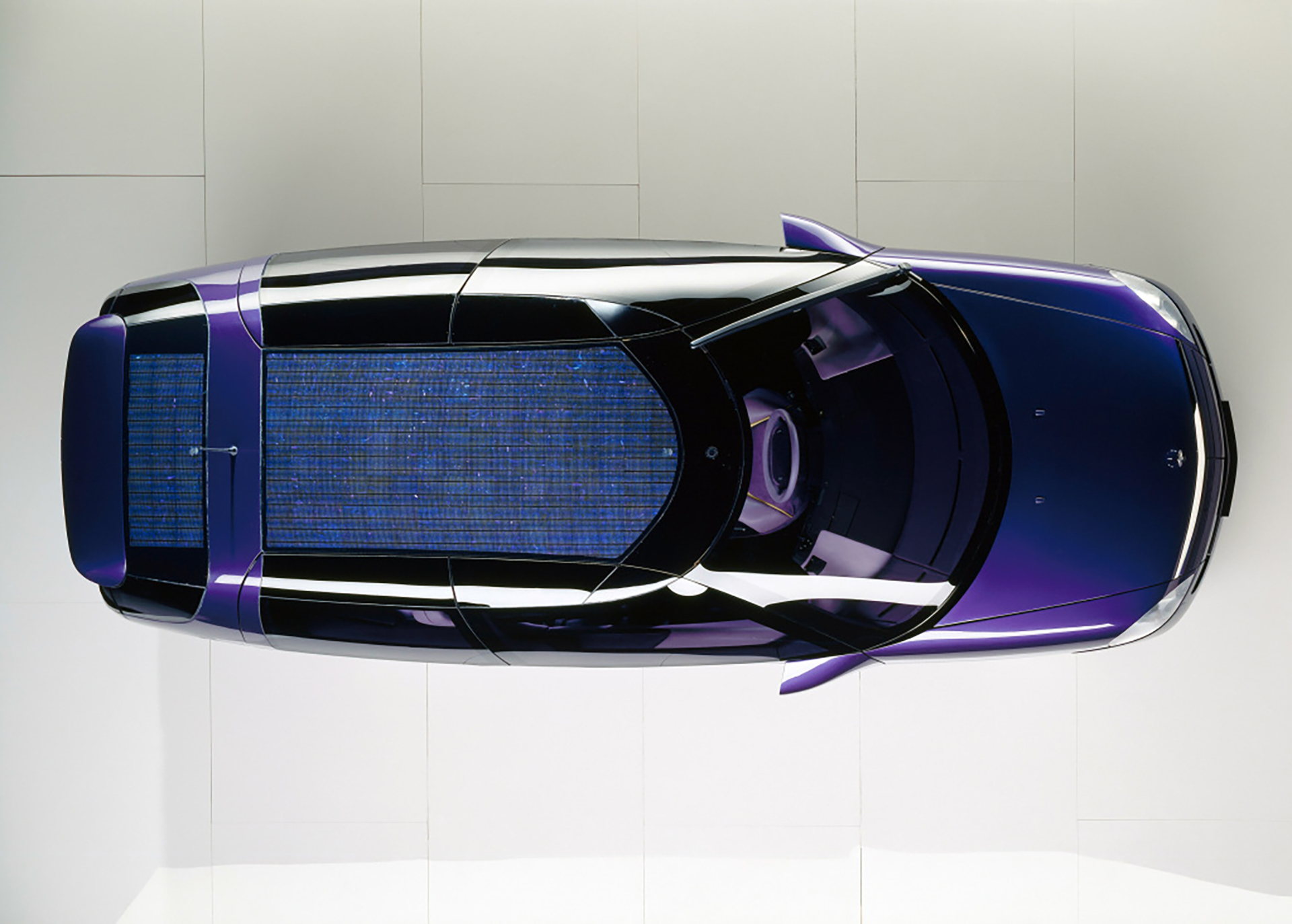Back in 1991, Mercedes-Benz unveiled a concept called the F 100. With “F” standing for future, this car was supposed to be a glimpse into the future of not just Mercedes as a company, but the automobile as a whole.
The research vehicle made its debut 30 years ago on January 12, 1991, at the North American International Auto Show (NAIAS). The engineers and designers responsible for the F 100 worked their hardest to fit more cutting-edge tech into it than any research vehicle before it.
It’s actually quite amazing how much of the future Mercedes predicted with the F 100. Whether it be steering wheel phone controls, distance control, or the tire pressure monitoring system, what seemed farfetched back in 1991 is now commonplace in today’s vehicles. Given that, let’s take a look at some of the technology from the F 100 that we see on our roads today.
Visibility
The first technology was gas-discharge headlights. It was first introduced to a Mercedes in 1995 on the W210 E-Class in the form of Xenon headlights. While today we’ve mostly moved past the need for gas-discharge headlights thanks to LEDs, for many years after the technology’s production debut they were a big deal on cars. The other technology in this category pioneered by the F 100 was rain-sensing wipers. First used on a Mercedes in 1996 with the C140 CL-Class, today it’s a common feature even in mass-market cars.
Convenience
The first of the F 100’s innovations in convenience was steering wheel controls for phones. First implemented on a Mercedes in 1998 with the W220 S-Class, it too is a very common piece of kit nowadays. Another feature from the F 100 we see today is keyless entry and push-button start. Introduced in 1999 as KEYLESS-GO on the W220 S-Class, many new cars sold today have this technology either as standard or as an option. Lastly, the F 100 featured a tire pressure monitoring system, something first implemented on a Mercedes in 1999 with the C215 CL-Class; again, something that’s become very commonplace.
Powertrain
The F 100 featured front-wheel drive, which was usual for the industry, but a no-no for a Mercedes at that time. Where the research vehicle really shone in its powertrain that used hydrogen power combined with a roof-mounted solar panel, which, as a feasible fuel source, was basically unheard of back in 1991. Even today, there are only a handful of hydrogen vehicles on sale, which really shows how ahead of their time Mercedes was with the idea.
Safety
Numerous safety systems featured on the F 100 eventually made their way into the industry. The first was distance control, which would be similar to today’s adaptive cruise control, and was first launched on a Mercedes as DISTRONIC in 1998 with the W220 S-Class. Moreover, there were Active Blind Spot Assist and a backup camera, which were introduced in 2007 and 2005 respectively on the W221 S-Class. All of these features are things we see in many cars on the road today, yet Mercedes was thinking about them all the way back in 1991.
In addition to safety technologies and crash-prevention measures, Mercedes also designed the F 100 with many crash-resistant physical features. Things like a central driver’s seat, easy-opening doors, and added distance to interior surfaces all help the F 100 protect its occupants in the event of crash, as well as allow them to get out easily shortly after.
Networking
Where the F 100 was really a futurist was in its extensive use of networked technology in a vehicle such as a mobile fax machine and a permanently-installed personal computer. Some of the technology is a little antiquated now, but the idea to use such principles at the time is what highlighted Mercedes’ forward-thinking nature back in 1991.
While Mercedes might not have been the first to implement some of the technologies mentioned in this article, it is worth acknowledging the foresight they had to think about them three decades ago.



